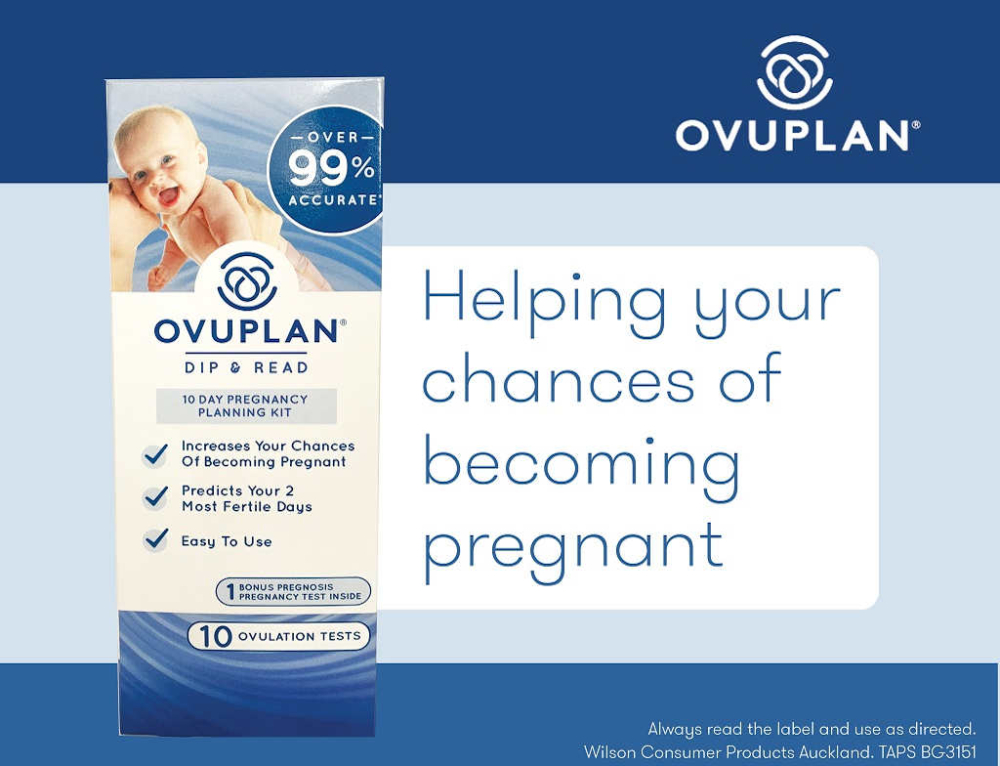What is a cord prolapse?
A cord prolapse is when a loop of the umbilical cord (which is attached to the baby at one end, and the placenta at the other) falls past the baby, through the woman’s open cervix and into her vagina. If this occurs, rather than the baby leading the way down the vagina, the cord does. Occasionally, if the loop of cord is long enough, it can be seen protruding from the woman’s vagina. The most common situation for a cord to prolapse is with a gush of amniotic fluid when the waters break during labour (and the woman’s cervix is somewhat dilated), with the baby’s head (or baby’s bottom, if breech), not being engaged. This can leave room for the umbilical cord to ‘wash down’.
In extremely rare cases, if the waters break (and the woman is not in labour, therefore her cervix is closed), the cord may fall in front of the baby, but still be inside the uterus. This is referred to as a ‘cord presentation’. Occasionally the caregiver can feel a cord presentation during a vaginal examination, before the waters break. Instead of a hard head, a soft ‘pulsating’ cord may be felt behind the thin membrane, or sac.
A cord prolapse, or cord presentation, is a rare complication (0.2 to 0.4% of pregnancies when the baby’s head is down), because normally the baby’s head takes up most of the room in the woman’s pelvis and adequately covers her cervix, preventing the cord from going down into the vagina. The umbilical cord normally lies beside, or behind, the baby in the uterus.
Even if the baby’s head is not fully engaged, their larger head will normally come to rest on the woman’s cervix first, once the waters have broken.
While cord prolapses are rare, they are life threatening for the baby, as the umbilical cord can become compressed by the baby’s head (or bottom), pinching it against the woman’s bony pelvis, and restricting (or cutting off) the blood and oxygen flow to the baby. When a cord prolapse does happen, time is of the essence. The aim is to deliver the baby as soon as possible, usually by emergency Caesarean.
There are some circumstances when a cord prolapse is more likely. These can include:
A baby who is lying sideways, across the uterus (or transverse):
If the waters break in this circumstance then the baby’s shoulder, or their side leads the way. The baby’s body is unable to fill the woman’s pelvis completely, leaving room for the umbilical cord to slip past the baby, and down through the woman’s cervix.
A baby who is very premature:
If the waters break prematurely (before about 34 weeks) then it is more likely that the baby will not be in a head down position, meaning a higher chance of the cord prolapsing in front of the baby.
A baby in a breech position:
Babies in a breech position, especially if they have one (or both) feet down near the woman’s cervix, can create more space in the woman’s pelvis for the cord to possibly prolapse. This is usually not the case if both feet are up near the baby’s head, and their bottom is sitting snugly on the woman’s cervix, (know as a ‘frank breech’).
Twins or more:
If the first twin is not head down, then there is more of a chance that the first twin’s cord can prolapse, when that twin’s waters break. Or more commonly, if after the first twin is born, and the second twin is not engaged in the pelvis yet, and their bag of waters break, then the second baby could experience a prolapsed cord (and so on for triplets).
A baby who is sitting high, with an unengaged head:
Occasionally, when the baby’s head is high (or unengaged) the baby’s cord can prolapse in front of their head. Sometimes the baby’s head remains high, until the woman is in good labour and before the baby has a chance to tuck their head in (to be ‘flexed’ with their chin on their chest), the baby’s head may not be in the best position to naturally fall to rest on the woman’s cervix first. This can be more common with women who have had a previous baby, and is one argument against having your waters broken routinely, early in the labour.







Leave A Comment
You must be logged in to post a comment.